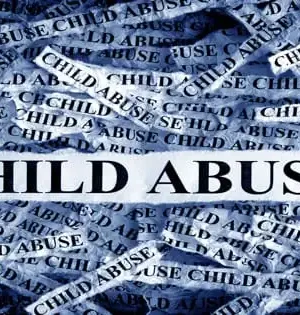Dementia is one of the leading causes of impairment and reliance among the elderly across the world, impacting their thoughts and actions as they get older. But what if you could halt the progression of this degenerative disease?
New genetic research demonstrates a clear relationship between dementia and a lack of vitamin D, and a world-first study from the University of South Australia might make this a reality.
The study showed the following links between vitamin D, neuroimaging characteristics, and the risk of dementia and stroke:
- Vitamin D deficiency has been linked to reduced brain capacity and an increased risk of dementia and stroke.
- Genetic studies revealed a link between vitamin D insufficiency and dementia.
- Increased vitamin D levels to normal levels (50 nmol/L) might prevent up to 17 percent of dementia cases in some communities.
Dementia is a chronic or progressive condition in which cognitive function deteriorates. Dementia affects around 487,500 Australians and is the country’s second biggest cause of mortality. Dementia affects more than 55 million people worldwide, with 10 million new cases diagnosed each year.
The genetic study, which was published in The American Journal of Clinical Nutrition, looked at data from 294,514 people from the UK Biobank to see if low vitamin D levels (25 nmol/L) increased the risk of dementia and stroke. Neuroimaging outcomes, dementia, and stroke were tested for underlying causation using nonlinear Mendelian randomization (MR), a method of leveraging measurable variation in genes to assess the causative influence of a modifiable exposure on illness.

Professor Elina Hyppönen, senior investigator and director of UniSA’s Australian Center for Precision Health, said the findings are crucial for preventing dementia and understanding the importance of eliminating vitamin D deficiency.
“Vitamin D is a hormone precursor with vast effects, including on brain health,” explains Prof Hyppönen. “However, it has been very difficult to analyze what would happen if we were able to avoid vitamin D insufficiency.”
“This is the first research to look at the impact of very low vitamin D levels on the risk of dementia and stroke in a large population using comprehensive genetic studies.”
“Our findings have substantial implications for dementia risks in particular environments where vitamin D deficiency is rather frequent. Indeed, we found that raising vitamin D levels at a normal level might have prevented up to 17% of dementia cases in this U.K. population “”Area.”
Given the increasing prevalence of dementia across the world, the findings are extremely noteworthy.
Prof Hyppönen states, “Dementia is a gradual and terrible disease that may ruin people and families alike.” “If we can modify this reality by guaranteeing that none of us is seriously vitamin D deficient, it will have additional benefits, and thousands of people’s health and well-being will be affected.”
“Most of us should be fine, but for anyone who does not get enough vitamin D from the sun for whatever reason, dietary changes may not be adequate, and supplementation may be required.”





